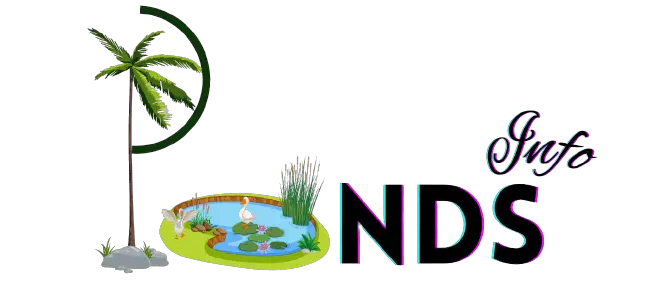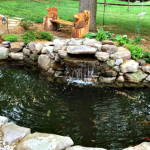The depth of a fishing pond plays a vital role in its overall health, fish population, and water quality. A pond that is too shallow can overheat in summer, freeze in winter, and lose oxygen, while a pond that is too deep may limit plant and food growth. Finding the right balance between shallow and deep areas creates a healthy ecosystem that supports fish growth and makes fishing more enjoyable.
Ideal Depth for a Fishing Pond
A well-designed fishing pond should be between 8 and 12 feet deep. This range provides enough cool water for fish during hot months and prevents the pond from freezing completely in winter. For warm regions, 8 feet is usually sufficient, while in colder climates, a depth of 10 to 12 feet ensures fish can survive the winter months safely.
Importance of Shallow Areas
Shallow areas are just as important as deep sections in a fishing pond. The shallow edges, typically 2 to 4 feet deep, are where fish feed, spawn, and where aquatic plants and insects thrive. These areas serve as the natural food base for species like bass, bluegill, and catfish. Ideally, around one-quarter of the pond’s area should be shallow, with a gradual slope leading into deeper water.
Benefits of Deep Water
Having deeper areas in a pond offers several benefits. Deep zones stay cooler in summer, providing fish with a refuge during high temperatures. They also help maintain stable oxygen levels and prevent the entire pond from freezing in winter. Deep ponds are less likely to experience algae overgrowth since sunlight cannot penetrate to the bottom. This helps keep the water clearer and healthier for fish and plants alike.
Maintaining Oxygen and Water Quality
Proper oxygen circulation is essential no matter how deep your pond is. Without enough oxygen, fish can become stressed or die, especially in hot weather. Installing a pond aerator or fountain ensures even oxygen distribution and helps prevent stagnant water. Regular cleaning, removing excess vegetation, and limiting fertilizer runoff around the pond will also keep water quality high.
Designing a Productive Fishing Pond
When designing your pond, aim for a gradual slope from the shoreline into deeper areas rather than sudden drop-offs. This provides multiple habitats for different fish species and makes it easier for fish to spawn and feed. Adding structure such as rocks, logs, or artificial fish habitats gives fish places to hide and rest, improving both their safety and your fishing experience.
Conclusion
A fishing pond should be between 8 and 12 feet deep with shallow areas for spawning and feeding. The right depth, combined with good water circulation and proper habitat design, creates a balanced environment that supports healthy fish populations year-round. With thoughtful planning and regular care, your fishing pond will stay productive, attractive, and enjoyable for many years to come.



